The Article
6000A Integrated Amplifier From Audiolab
1st July 2019
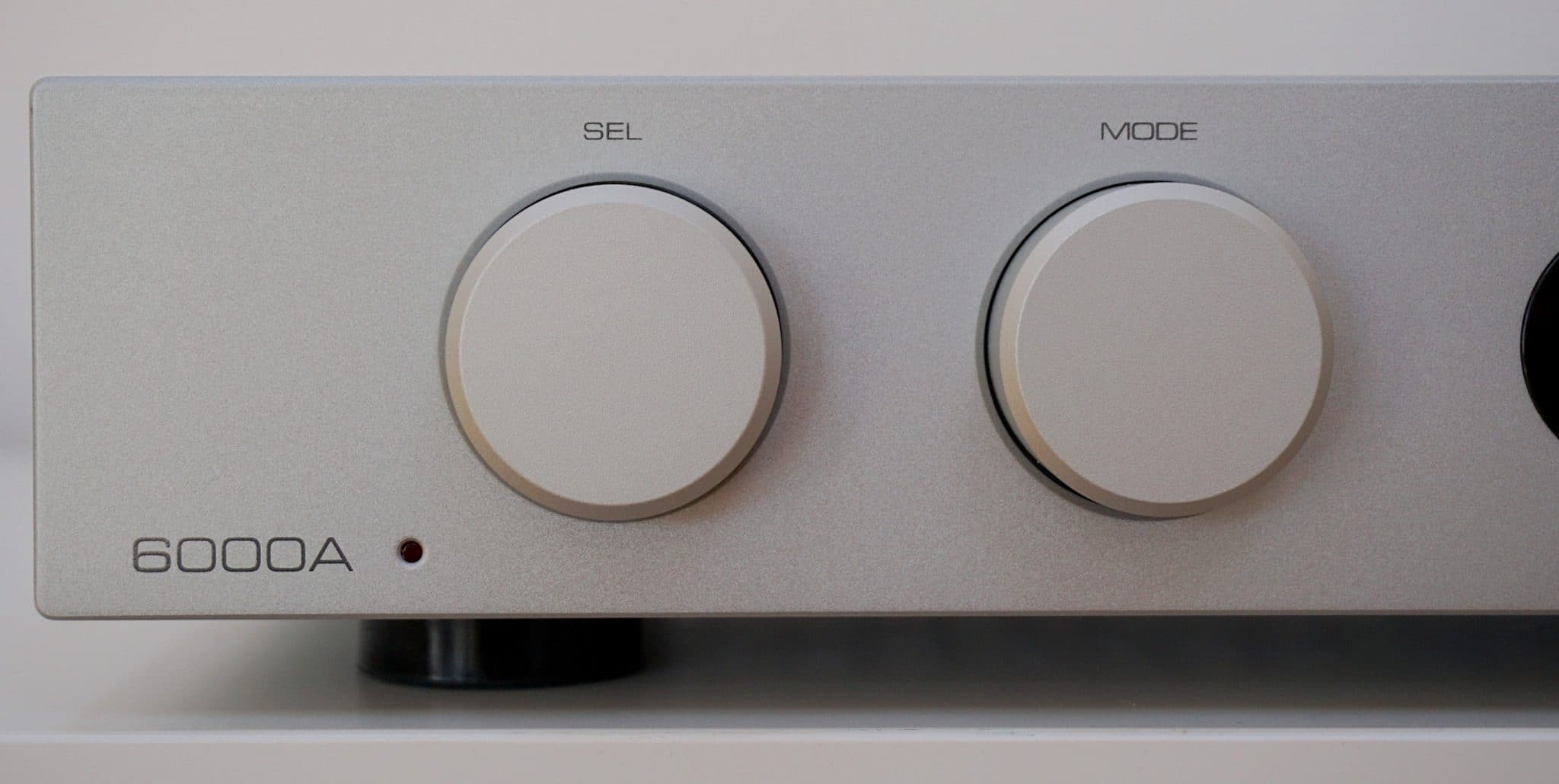
Adopting a traditional and solid form factor on the outside, Paul Rigby realises that the magic is occurring under the lid
The thing about the 6000A, when the aesthetics are considered, is that it looks like an integrated amplifier. Don’t dismiss that point. It’s actually critical to target sales. I say again, the 6000A looks like a traditional integrated amplifier. It looks safe. It looks steady and solid. It doesn’t try anything fancy. You would never accuse the chassis of ever emerging from an Italian design studio. There’s no chic fashion sense with this one. If you saw this box in the 80s, it would look rather racy, that’s for sure, but it wouldn’t look too out of place.
For some users, that is all they want. And that’s important. Weird and even slightly off-kilter designs can scare and make certain hi-fi fans feel uncomfortable. Even slightly conservative half-width amplifiers can be an issue for some.
The 6000A – at least on the outside – is the Mother’s Pride processed white loaf of amplifier design. You can see it for what it is at 30 paces. Again, I’m not damning this amp with faint praise when I say that. That’s not a bad thing. It’s a firm design choice.
Before I began the review of this box, I was comforted to know that the designer of the 6000A was also the same designer of the older 8300A. Jan Ertner took the basis of the latter to create the former which meant that hard won knowledge was now being refined and improved upon. There’s nothing worse than a single line of products that feature a host of designers who not only constantly reinvent the wheel but often make the same old mistakes over and over again (it’s happened many times in the past). Not here. So I already had a sense of confidence going into this one.
This is an amplifier but it features other components too. The ES9018 Sabre32 Reference DAC is one of those, featuring 32bit HyperStream architecture and Time Domain Jitter Eliminator. Again, this chip is not a foreign component. You’ll find it in the company’s M-DAC. Continuity again.
Connected to the DAC are the 6000A’s four digital inputs – two coaxial and two optical – which handle 24bit/192kHz. Tagged to these are user-selectable digital filters: Fast Roll-Off, Slow Roll-Off and Minimum Phase. I’ll say now that I normally hate these sort of things. Anything that takes me away from a pure, default, flat signal is an experience as near to abhorrent as I’m likely to find. That said, I’ll give them all a test in due course.
Streaming is also possible via Bluetooth (plus the now usual aptX codec).
A Class AB amplifier, that can also be used as a pre-amp and as a power amplifier too, the integrated mode of the design pumps out 50W per channel into 8 Ohms, the output stage of the discrete power amp circuits uses a CFB (Complementary Feedback) topology plus a meaty 200VA toroidal transformer followed by four 15000uF reservoir capacity (60000uF in total). The idea is to reduce the strain upon the amplifier and to maintain a sort of backup of power, ready to use.
Audiolab has included a phono stage for moving magnet phono cartridges – a JFET-based circuit with RIAA equalisation. A dedicated headphone amp with current-feedback circuitry is also included.
Spanning 445 x 65.5 x 300mm and weighing 7.8kg, the 6000A is available in a choice of silver or black.
SOUND QUALITY
I started with Mike Oldfield and his Platinum (Virgin) LP from 1979. I played Into the Wonderland, featuring vocals by Wendy Roberts. A sweet, beautifully melodic and slightly melancholic, low key ballad with a high-energy, rocking finish.
I suppose, if I were to describe the 6000A in one word, it would be confident. This amplifier is not shy, it doesn’t try to hide any aspect of its sound envelope. The 6000A will never die wondering. That is, the 6000A gives its all in the cause of making you happy.
The overall presentation from the Audiolab 6000A was balanced and balanced means you get to hear some bass. This is not always the case for mid-placed budget equipment. Bass is often sacrificed or at least trimmed to some extent. Even the best sub-£1,000 amplifiers out there love to trim bass. It’s a cost issue. That doesn’t happen with the 6000A.
The 6000A allows bass into the soundstage. That means that both the percussion and bass guitar were not only able to ground the music and stop it flapping in the wind but also offer a solid, rhythmic pace to the whole arrangement. That is, there was a sense of order here. The music flowed with an added, deeper groove. The structure was both solid and funky.
One of the persistent fears I have as a reviewer, from amplifiers designed at this price point, is frequency discipline. This is another reason that may sub-£1000 amplifiers are rather bass shy. Most of them can’t handle it. Too much of it, at any rate.
That is, there is a danger of allowing too much bass into the soundstage because it may create a warming feeling, leaking into the midrange and creating a sepia-like effect. Again, that never occurred with the 6000A. Frequency discipline was paramount so bass stayed put and never bloomed into the mids.
In fact, let’s pause for a moment here to dwell and emphasise this one feature. If I was going to pin one all-important factor for the success of the 6000A it would be tonal balance. In fact, you could ally tonal balance as being the killer feature of the 6000A. The headline. Tonal balance is the underlying strength of the 6000A. I really haven’t heard anything like it under £1,000.
The upper midrange was delightfully detailed and accurate although fragility and delicacy were not great priorities, I have to say. I never saw reverb tails of filigree lattice flowing from cymbal taps but this is a £599 amplifier we’re talking about here, not a £5,999 design. So no, don’t expect that but do expect to hear everything that a £599 amplifier can provide: complex and chaotic lead guitar with enough precision to make sense, wind instruments that feature a character and lightness of touch and a layered soundstage that revealed even shy instruments lurking at the rear of the mix.
Before I moved from vinyl, note that the built-in phono amplifier is a good one. An external model is better but the internal model will be fine for those of a budget. Buy an external model when you can, though.
I then turned to Bluetooth which I paired to my iPhone 8. Pairing is automatic. That is, you select Bluetooth as a source on the amplifier and the 6000A pops up on your Bluetooth screen on your phone. Painless and easy pairing. I played Marvin Gaye’s Mercy Mercy Me as a lossy file. Often, playing such a file in this way results in a bright and edgy play response but not here. The 6000A was able to calm any possible issues. So while the midrange was lacking insight, bass was hardly focused and treble was almost a non-entity, none of that was the 6000A’s fault. In fact, the 6000A made the best of a bad job, providing a perfectly listenable track without any nasty sonic responses. What I liked about the 6000A’s take on Bluetooth was the creation of a wide soundstage and, because lots of space was now on offer, the instrumental separation that also followed. Allowing each instrument within the mix to be presented on its own, adding to the complexity of the presentation.
Next up, I plugged in my Astell&Kern AK120 into the rear-mounted optical port and played Dire Straits’ So Far Away from their Brothers in Arms album. I liked the way the 6000A handled this 24bit/88.2kHz track because the track was mastered with excessive peak limiting creating a compressed sound. The low noise aspect of the 6000A, the balanced and controlling nature of the upper frequencies and the solid bass foundation allowed this track to be broadcast in a mature and stable fashion. To such an extent that the compressed element was no longer a real issue.
Playing the restful piano tinklings of Erik Satie at the same resolution was a relaxing and enjoyable experience. The potentially chaotic resonance of the piano was handled well by the 6000A in terms of control while the nuanced nature of the keys and pedals from the Satie piano was transcribed with both ease and insight to give the performance a sense of delicacy alongside that sense of authority.
I then took a quick listen at the range of DAC-related filters available within the unit. In the 6000A’s manual, the Phase filter is talked about as if the resultant sound resembled analogue but I had to disagree. The presentation emerged from cotton wool, sounding overly damped with a lack of precision and midrange insight.
The Slow filter reduced that effect dramatically while Fast was a default flat response. I hold my hands up here. I had to eat my words with these filters because my preference leaned towards the Slow filter which I actually found superior to Fast. The latter is supposed to be default and flat but I found Fast to be a touch edgy.
So, thumbs up to Audiolab. I never thought I would actually hear a usable filter on any piece of hi-fi equipment but, blow me down, Audiolab has created the very thing.
One important thing. Critical if you’re sound testing the 6000A and the DAC is significant to you. Make sure you properly review the amplifier with each and every filter. Cycle through each in turn and give each one time. Punching in any one of these filters will change the inherent character of the 6000A’s DAC. For example, if you talked to me about the 6000A having only listened to the Fast filter and I replied to you having only listened to the Slow filter, we’d effectively be talking about two different amps.
Hence, don’t judge the 6000A until you’ve heard all three filters. Listen to your Uncle Paul on this one.
Finally, I plugged in my reference headphones to listen to Satie via the internal headphone amplifier. While there may have been a limit on midrange extension, within the confines of the head amp’s performance envelope, the sound was admirable indeed offering plenty of refined detail on offer plus light and shade to add interest.
CONCLUSION
I listened to this amplifier for some time and realised that the basic presentation was supremely balanced in terms of how it delivered music to the ear. Some hi-fi components do one thing very well and if you’re looking at a budget component that can often be a fascinating experience because build budgets often preclude a generally good performance. The 6000A is one of those pieces of kit that does its best to do everything very well indeed.
Of course, it can’t. Not really. Money won’t let it. That doesn’t stop to trying, though.
In terms of ‘can’t’, what the 6000A doesn’t give you an extended dynamic reach. That high ceiling that higher-end amplifiers provide to allow the upper midrange to soar.
Now, some amplifiers in this price range will give you that. But then they will fall over very badly in other areas because too much emphasis has been placed upon that soaring thing for the build budget limits. So, for example, you may come across an amplifier that offers great midrange extension but the bass will be lacking. In other words, you go too far in one direction? You pay for it in another.
The 6000A doesn’t do that either. It never actually falls down. It never leaves you feeling, “Wow, it does this and this amazingly well but I wish it didn’t do that…” You won’t give that response to a 6000A listening session.
In short, the 6000A provides the perfect balance of performance to a build budget. It’s the perfect compromise. Every part of the sound envelope has been looked at and enhanced to the point when the money ran out. Then Audiolab stopped at that point.
Hence the 6000A squeezes every last penny of performance from your £599. If the designers had been told that the price was £649, they would have improved everything a bit more. For £699? Everything would have been improved a bit more still. You see? The 6000A is even handed, offers great sound and is one of the best value amplifiers on the market. If you want to hear how your money has been spent, buy a 6000A.
Bottom line? The Audiolab 6000A is better than you think.
AUDIOLAB 6000A INTEGRATED AMPLIFIER
Price £599
Website: www.audiolab.co.uk
TO BUY CLICK BELOW:
USA – https://amzn.to/383xoR3
EUROPE – https://amzn.to/3mMazW8
GOOD: confident bass, instrumental separation, upper midrange detail, balanced output
BAD: nothing
RATING: 9
[Don’t forget to check out my Facebook Group, The Audiophile Man: Hi-Fi & Music here: www.facebook.com/groups/theaudiophileman for exclusive postings, exclusive editorial and more!]
REFERENCE
Pro-Ject RPM3 Turntable
Tellurium Q & QED cabling
Blue Horizon Professional Rack System
Harmonic Resolution Systems Noise Reduction Components
All vinyl was cleaned using an Audio Desk’s Ultrasonic Pro Vinyl Cleaner


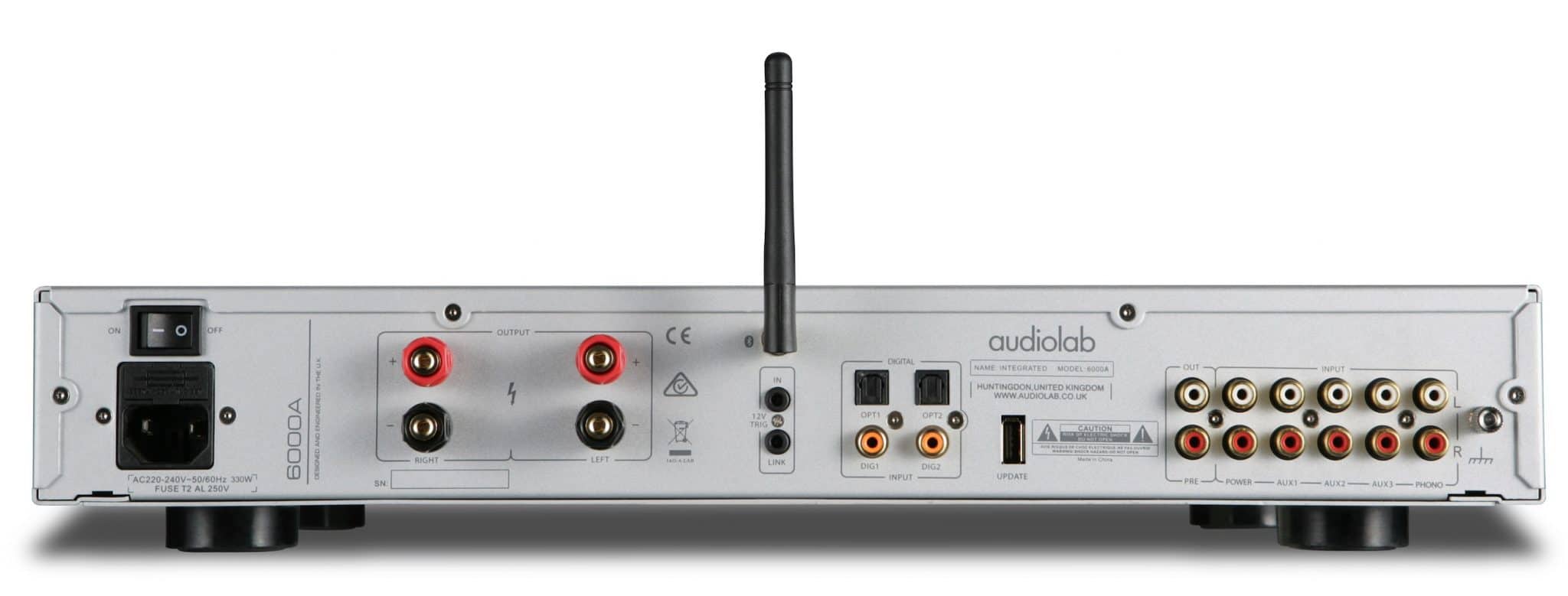
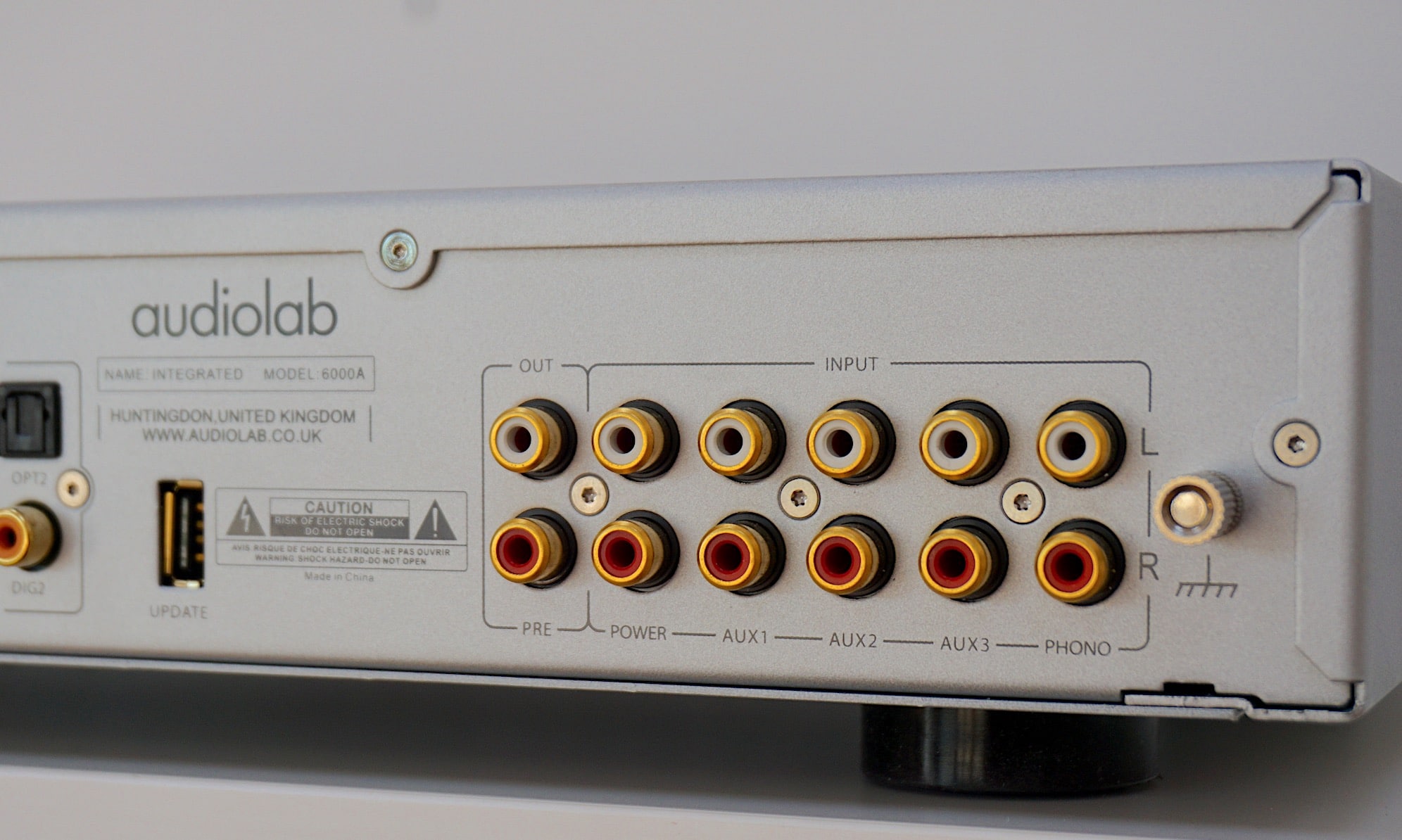
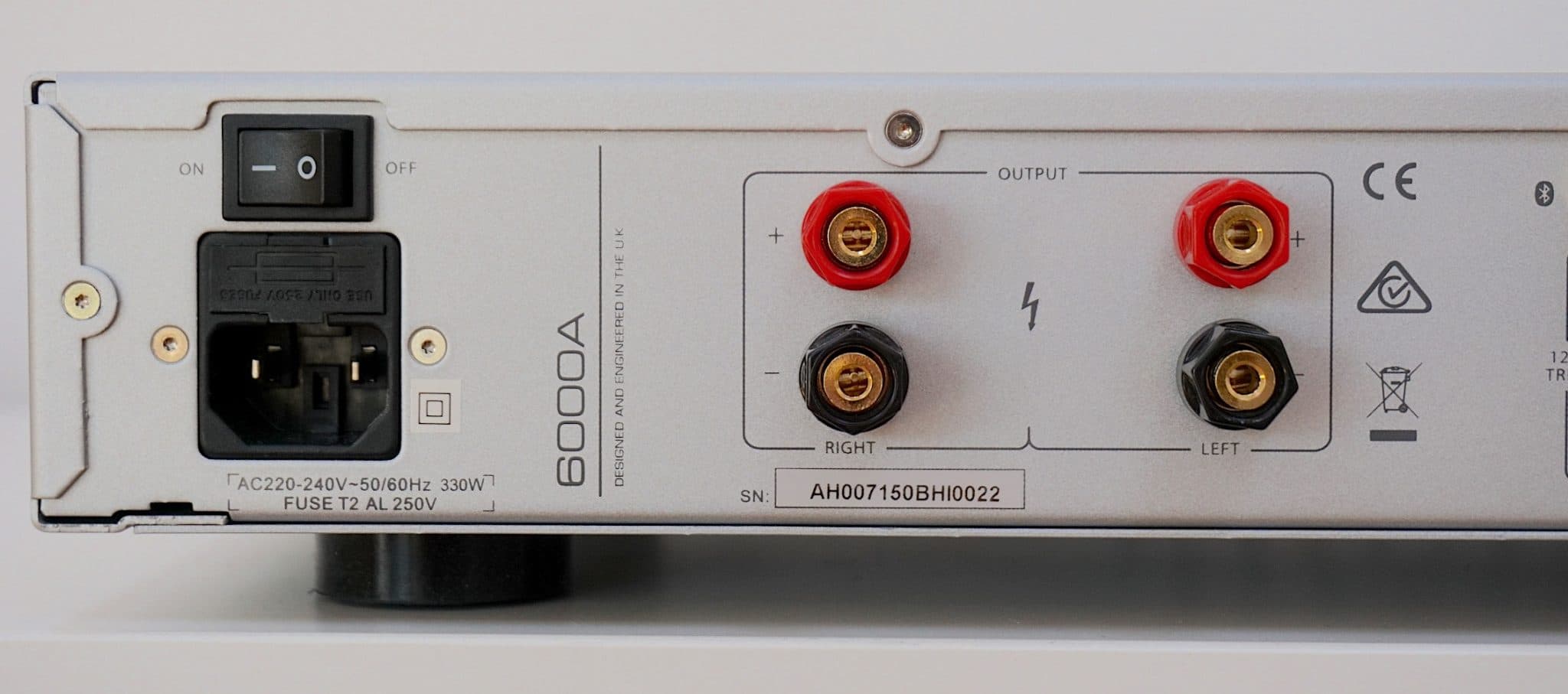
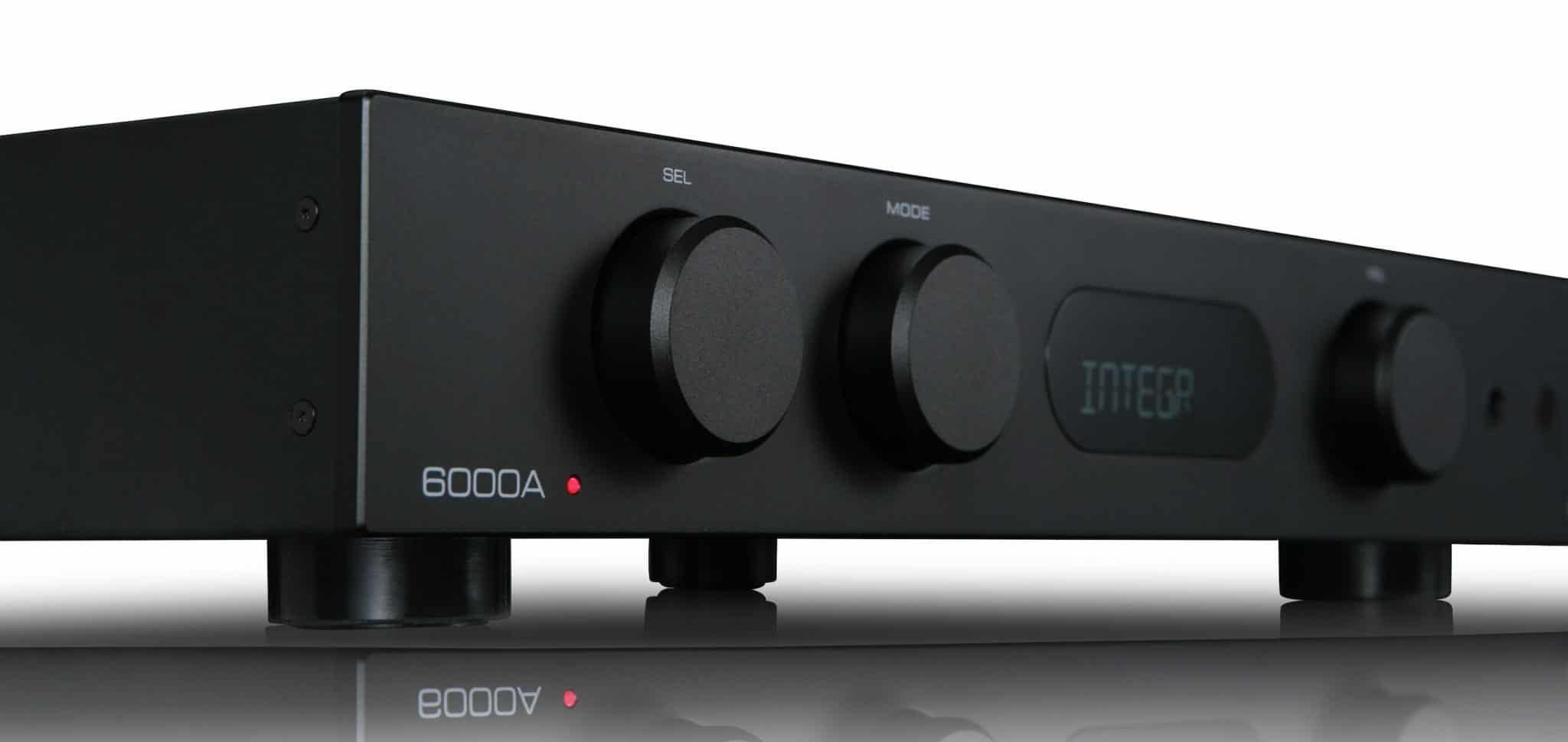
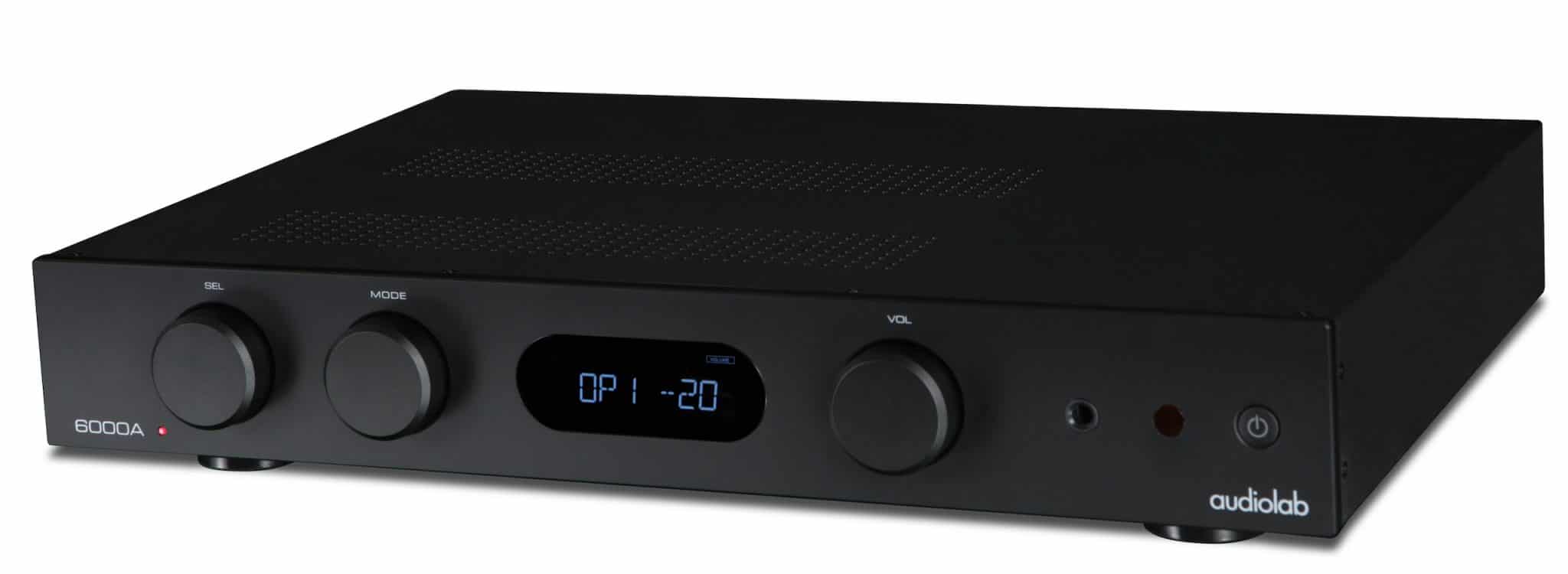
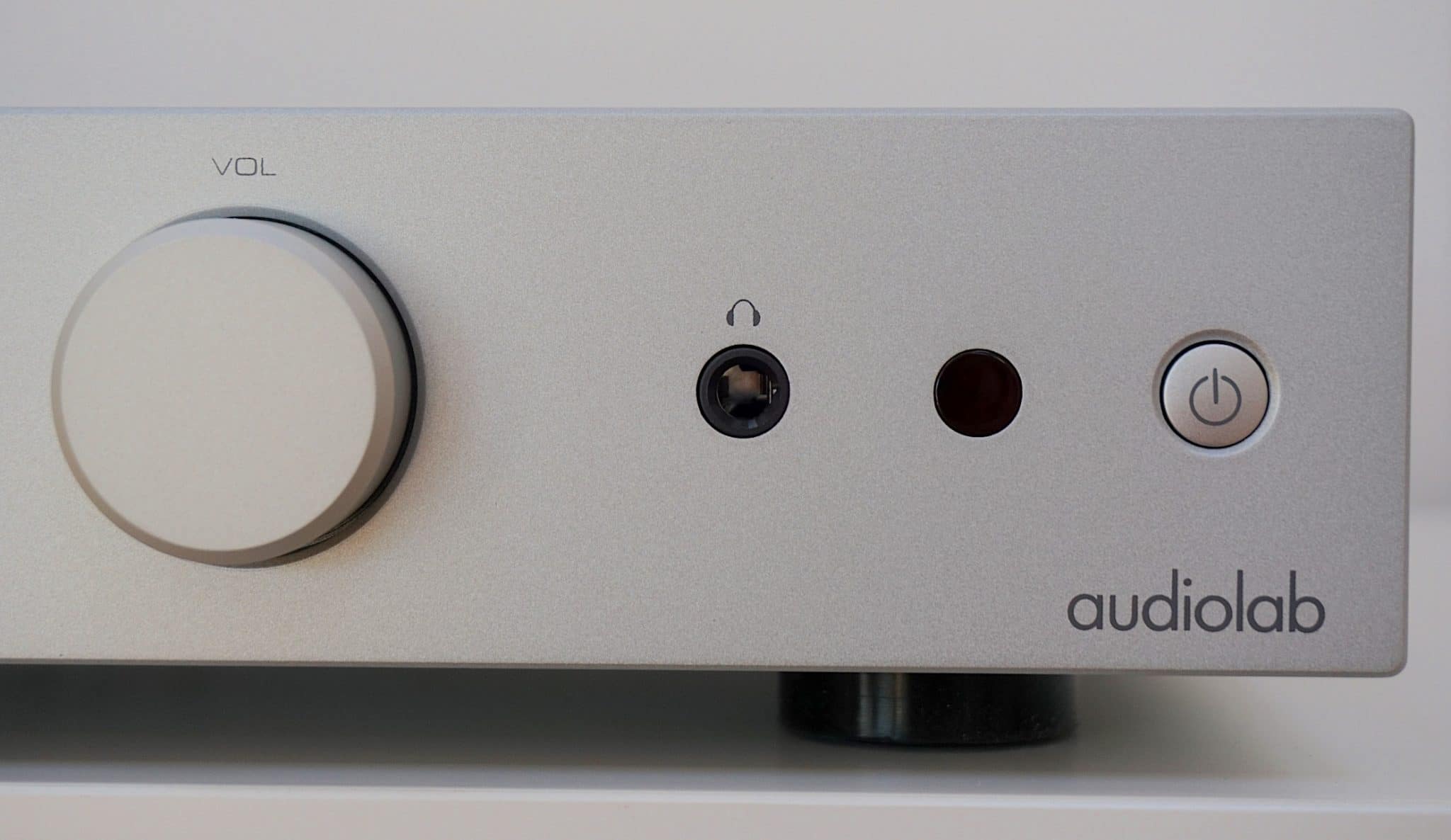
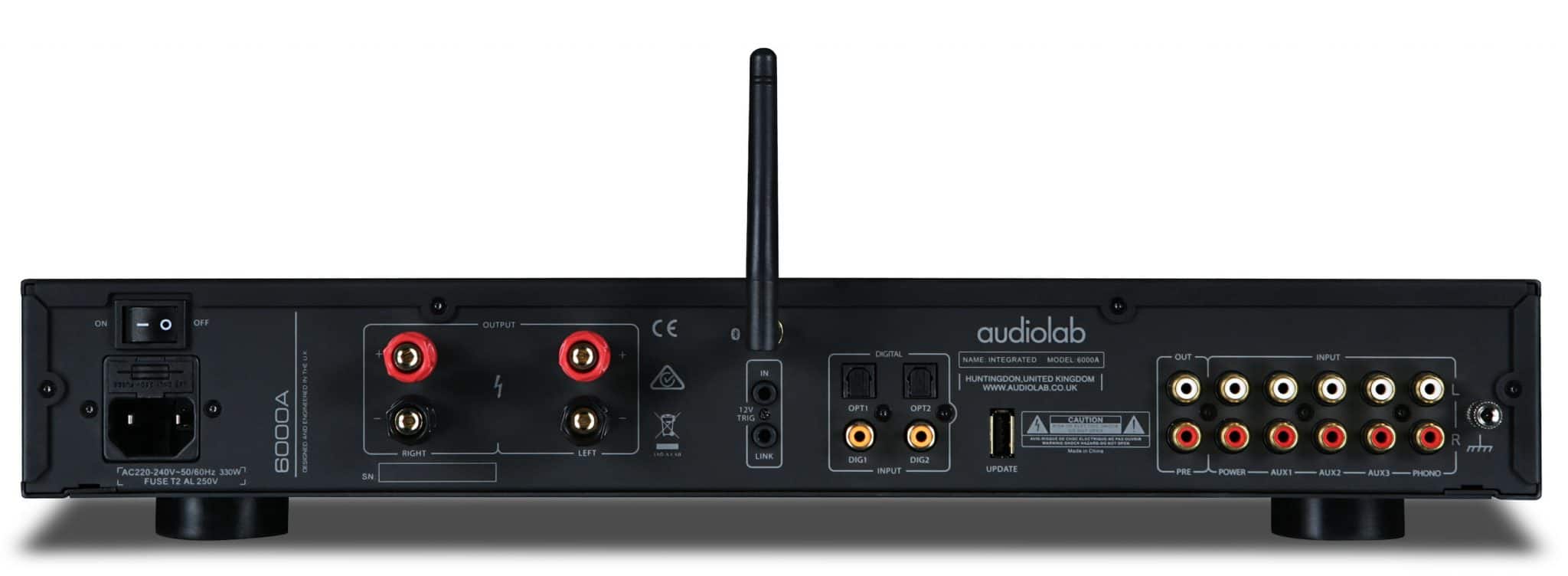

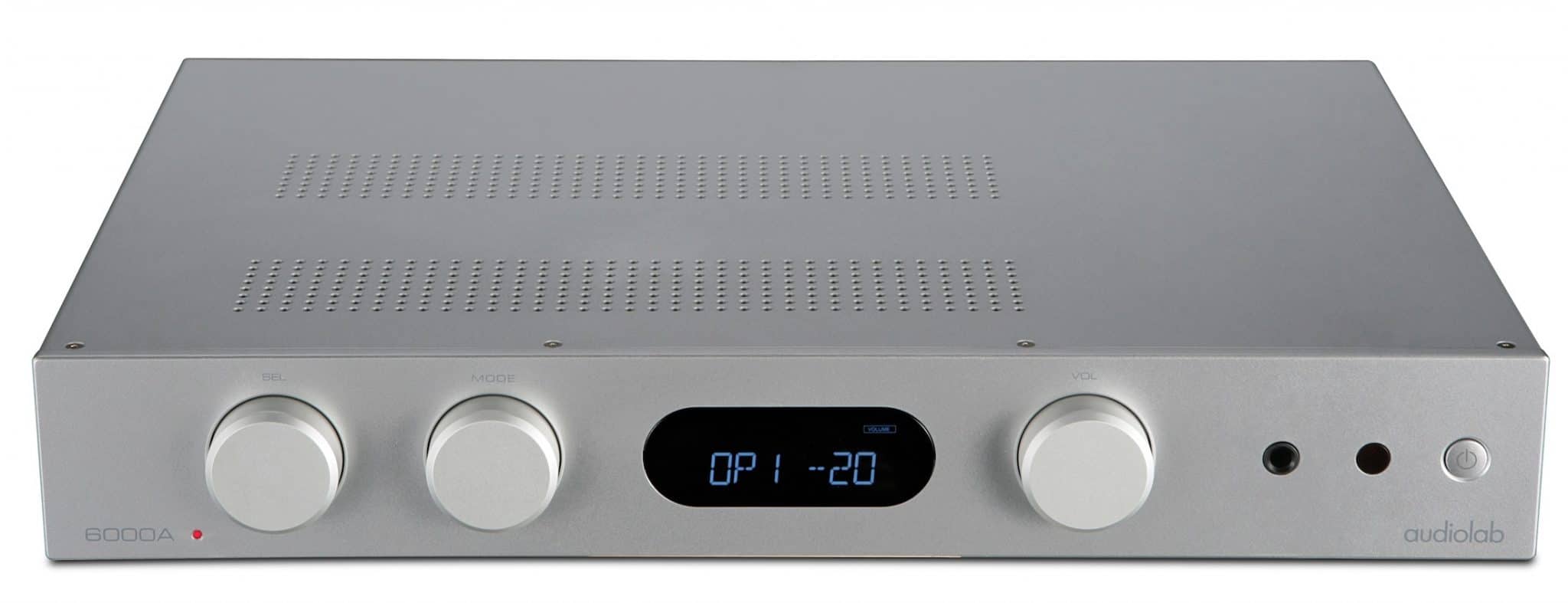
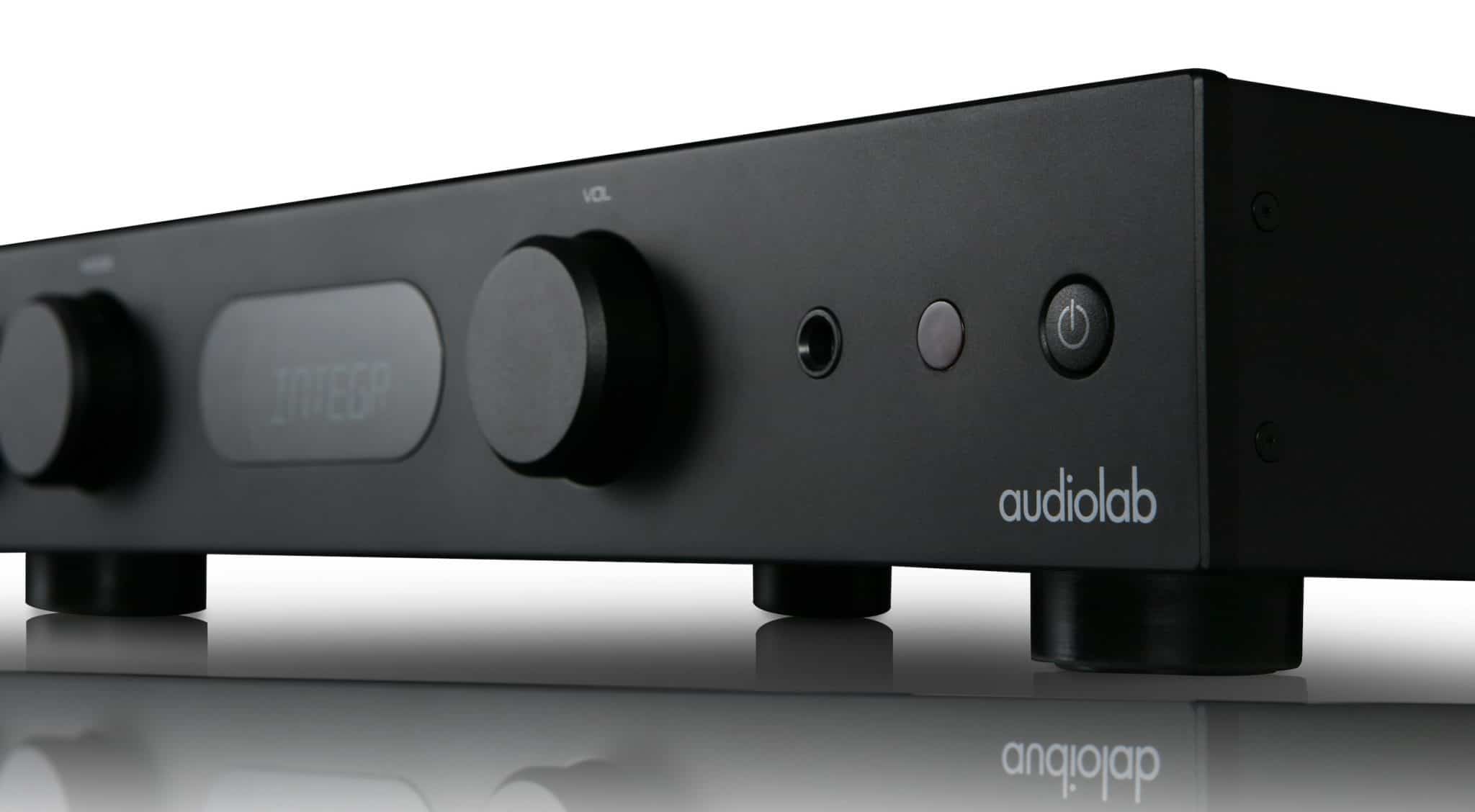
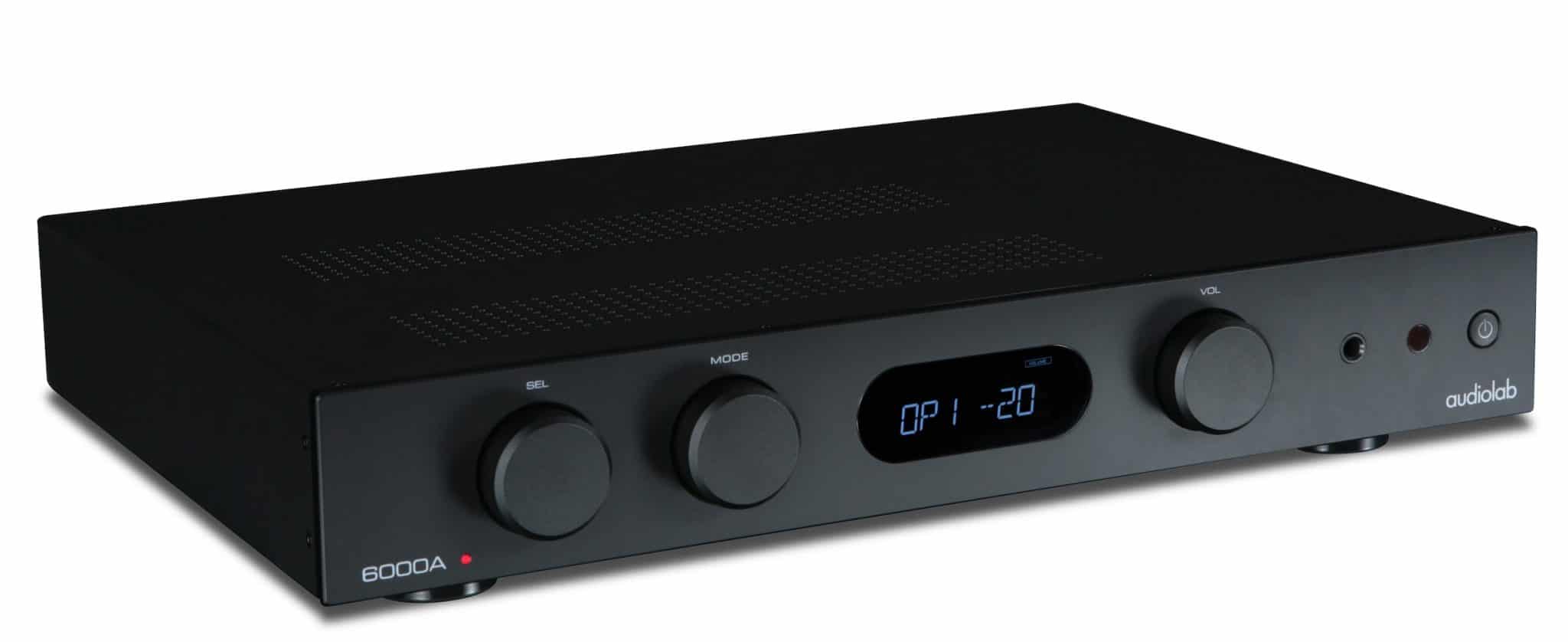



Thank you Paul. Happy New Year!
Hi Paul, I bought one of these based partly on your review and I absolutely love it!
I have a question: I’m thinking of adding a seperate phono stage as I mainly listen to vinyl (via a project debut carbon, ortofon 2m red) – Any models you would recommend in the sub-¬£200-ish category that would provide a significant upgrade on the audiolab’s internal phono stage? Or do I need to go higher end to hear any improvement?
Many thanks,
Tristram
The Pro-Ject MM Phono Box and Rega mini Fono are both recommended.
I should have also added Рnearing towards your budget limit, the others I mentioned are more sub-£100 Рthe Graham Slee Communicator, Pro-Ject Phono Box Ultra S2 and the iFi Zen Phono.
Far be it for me to disagree with Paul. However, like you, I bought a 6000A on Paul’s recommendation, and, like you, I was delighted with it. I already had a Pro-Ject Phono Box, albeit rather an old one, and initially set it up between the turntable (also a Pro-Ject Debut with Ortofon Red, though again an older model) and amplifier, and found that I didn’t really need it, in fact the signal was a bit too powerful. It could well be that the 6000A would work better with a newer model of Phono Box, but that was my experience, and I sold the Phono Box, along with an Arcam rBlink that I no longer needed, thanks to the 6000A’s excellent Bluetooth facility. Hope that helps.
Hi, is a good choice Wharfedale diamond 220 for Audiolab 6000A?
Thank you for yor response.
Roman
That’s fine, Roman. The 6000A will also take later speaker upgrades too, if/when you’re ready.
Great review. I’m planning to buy the 6000A as an upgrade to my Marantz CR610. Do you think I would notice an improvement? I have a Technics 1500C and ML Motion 15 speakers.
Hi Eric – Yes.
Hi Paul – really great review. I’ve been reading a few on your website recently. I’m looking at a vinyl & CD setup with the following parts:
turntable – AT-LP7
CD – likely AudioLab 6000CDT
integrated amp – either AudioLab 6000A OR Vincent SV-500 (this will need a seperate phono)
speakers – either JBL Studio 620 or Wharfedale EVO 4.1
Do you have any thoughts on the best amp choice between the AudioLab & Vincent and also the speakers please? Cheers for your help, Mark.
Hi Mark – I prefer the Wharfedales in speaker terms. Haven’t reviewed the Vincent although, from what I hear, the 6000A will be better balanced with a tad more midrange insight.
Thanks for your thoughts Paul – much appreciated! Cheers, Mark.
Hi Paul, I really enjoyed reading your review on this amp, I’m looking at it currently as a main contender for the replacement of my NAD C350, which has done a stellar service to me over the years.
Of course your review of the 6000A was done back in 2019 and since then a number of other amps of similar price have been released, some of which have caught my eye, one of which you have also reviewed (Cambridge Audio CXA61).
So I’m curious on your opinion when comparing these as options (current Australian pricing inc):
Audiolab 6000A ($1415 AUD)
Cambridge Audio CXA61 ($1899 AUD)
Marantz PM6007 ($1290 AUD)
Rega Brio ($1549 AUD)
What really grabs me about the 6000A is something I think my NAD has really been lacking, a spacious sound stage and good tonal separation. My NAD seems to have bags of power for such a budget model, and previously drove my Acoustic Energy AE109 speakers very well, but it just seems to have a very flat, warm character to it’s presentation, which makes the music feel restrained/held back to some degree.
I recently upgraded my speakers to DALI Oberon 5s, and then added a Node (N130) streamer which I use for all my digital content, mainly via Spotify and TIDAL (MQA). These two upgrades have made a massive difference to the music, particularly with the Node I found the level of detail in the music went up tremendously.
I don’t have any use for a built in phono stage as no vinyl use and the fact a lot of amps have built in DACs these days is useful, but with the Node handling DAC duties it’s not a top priority for me, but I’d be curious to hear if you think the built in DACs from any of the aforementioned amps would perform better than the Node DAC?
Aesthetically, I’m definitely leaning towards the understated looks of the Audiolab, it has a very similar style to my NAD, especially over the cluttered face of the Marantz. And I’m not convinced on the small form factor look of the Rega (although it still looks cool), then the Cambridge is very neutral in my opinion, just a shame they don’t offer a darker finish.
Thanks and best regards, Leo
Hi Leo – of the listed hardware I would lean towards the 6000A. All of the products listed are good, especially the Rega. I also like the 61 but it does have it’s own sonic personality which you may or may not like (see my review for more on that). I feel that the 6000A provides more tonal balance. The Rega might offer slightly better performing mids and treble but I feel that, as a package, as a whole, the 6000A gives you a broader, more balanced picture. It handles bass well. The Rega gives you good quality bass but I don’t hear quite as much bass confidence and exuberance from the Rega as I do with the 6000A.
In short, I’m sure you wouldn’t be disappointed with any of the hardware in your list and I would encourage you to do more research before you finalise you decision (especially live demos) but I’d personally plum for the 6000A.
Thanks Paul, yeah I’ve been doing lots of research, lost count of how many reviews I’ve read etc, on that subject also found a really good site for reviewing the mechanical/electrical performance of amplifiers on https://www.audiosciencereview.com/ worth a look if that side of hi-fi components interests you, in addition to the all important sound of course.
Also started looking at the very minimalist Musical Fidelity M2Si, which is $2200 here in AU, but boasts a fair bit more power than any of the above at 72w into 8Ohms.
However a particular retailer is now selling the 6000A for $1100 & the M2Si for $1800, which has sealed the deal for me on the 6000A I reckon. As at this price its over $400 less than the Brio, which was likely my 2nd choice.
Hi Paul
Came across your great review while researching a replacement for my old Marantz PM6003. I’ve read, and watched, a lot of good stories about the 6000A and although I’ve always liked the Marantz brand (and a new one would match the aesthetics of their CD player I also own) I am really tempted by this Audiolab.
The one thing that puts me off a little is no USB input to make use of the internal DAC for streaming. I currently stream from a laptop into a Cambridge Audio DAC Magic 100, then to the Marantz via coaxial. The CD also goes via the DAC. It seems the 6000A DAC is pretty good so it’s seems a waste not to make use of it, unless you think the Cambridge is superior……I don’t mind continuing to use the Cambridge, and it would definitely resolve the streaming connection problems.
I was also looking at the Marantz PM6007 & 8006, tempted by the Rega Brio though don’t like it’s looks, and the Rotel A11 Tribute…..any thoughts on these compared to the 6000A, or any others I should add to my consideration list?
I’ve just purchased some Q Acoustic Concept 40s that sound absolutely awesome….an amp is the next upgrade planned.
I’m off to watch your YouTube video of this review now.
Thanks
Just realised my typo…..the CD goes to the DAC via coaxial not the DAC to the amp! The laptop is connected to the DAC via USB. I’m not keen on using Bluetooth for streaming.
I hear you re. the USB. Honestly, as nice as the internal DAC is I would always recommend an external unit to keep the noise floor low. Internals have lots of good reasons for their use but externals are best for sound. I would stick with the Magic and consider an upgrade to a Node (for example) later on when you have the cash.
Apart from that? I’d go for the 6000A for everything else 🙂
Thanks Paul‚Ķ‚Ķloved the video too üòÇ
Think I’m sold on the idea of the 6000A and, having watched your video on the accompanying CD transport, might see if I can pick one of those up too.
Hi Paul,
Do you think the 6000A is better performer than the 8000A ?
I haven’t tested both as an A-B so can’t say. Saying that, the personality should be wholly different because they are products of two different designer minds. From what I hear, the 8000A was very nice indeed and, if you can ketone, especially serviced and as part of a good deal, then I would certainly take a chance.